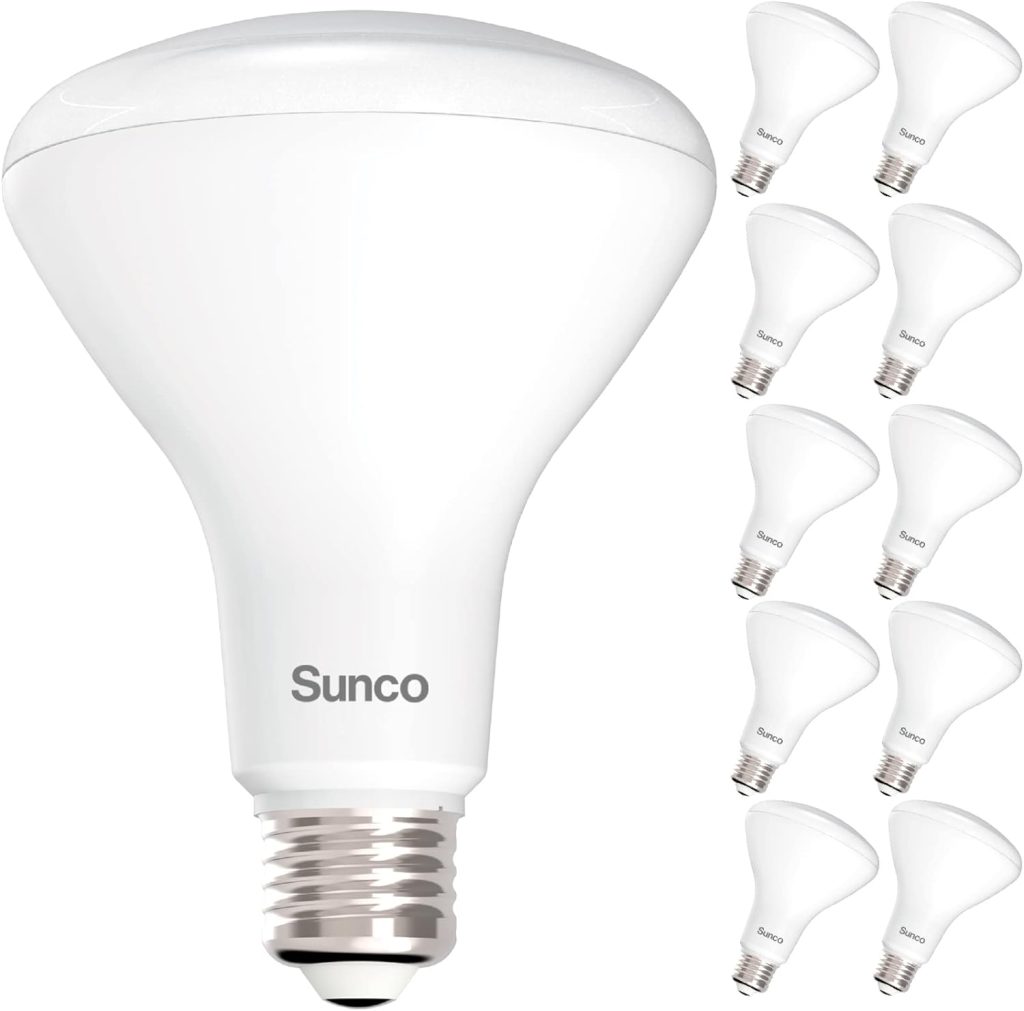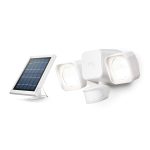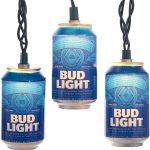LED flood light bulbs have transformed the world of lighting, providing numerous advantages over traditional lighting options. In this article, we delve into the realm of LED flood light bulbs, discussing their benefits, examining their technological advancements, highlighting their energy efficiency and longevity, addressing considerations for selecting the right bulbs, providing tips for installation and maintenance, and celebrating their contribution to a brighter and greener future.
Contents
- 1 I. The Advantages of LED Flood Light Bulbs
- 2 II. Technological Advancements in LED Flood Light Bulbs
- 3 III. Energy Efficiency and Longevity of LED Flood Light Bulbs
- 4 IV. Considerations for Selecting LED Flood Light Bulbs
- 5 V. Installation and Maintenance of LED Flood Light Bulbs
- 6 VI. Embracing a Brighter and Greener Future with LED Flood Light Bulbs
I. The Advantages of LED Flood Light Bulbs
1.1 Energy Efficiency: Illuminating with Less Power
LED flood light bulbs are highly energy-efficient, providing significant energy savings compared to traditional bulbs. They convert a higher percentage of electrical energy into light, minimizing wasted energy as heat. By utilizing LED technology, these bulbs consume less electricity and reduce energy costs, making them an environmentally friendly lighting solution.

1.2 Long Lifespan: Illumination That Lasts
LED flood light bulbs have a significantly longer lifespan compared to traditional bulbs. With average lifespans ranging from 25,000 to 50,000 hours, these bulbs last several times longer than incandescent or fluorescent bulbs. This extended lifespan not only reduces the frequency of bulb replacements but also decreases maintenance costs and inconvenience.
II. Technological Advancements in LED Flood Light Bulbs
2.1 LED Technology:
Lighting the Way Forward LED flood light bulbs utilize Light Emitting Diode (LED) technology as their light source. The development and advancements in LED technology have transformed the lighting industry, offering more efficient, durable, and versatile lighting solutions.
LEDs operate by passing electrical currents through a semiconductor material, which triggers the emission of photons and produces light. This process is significantly more efficient compared to traditional incandescent or fluorescent lighting options, where a large portion of the energy is dissipated as heat rather than light. LED technology has revolutionized the way we illuminate our world, providing numerous advantages in terms of energy efficiency and environmental sustainability.
2.2 Enhanced Brightness and Color Rendering
Over the years, LED flood light bulbs have witnessed significant improvements in terms of brightness and color rendering capabilities. Manufacturers have developed high-output LEDs that deliver increased luminous efficacy, producing brighter illumination with smaller energy consumption. This advancement makes LED flood lights suitable for various outdoor applications that require extensive and powerful lighting, such as stadiums, parking lots, and architectural lighting.
In addition to enhanced brightness, LED flood light bulbs have also made strides in color rendering. The color rendering index (CRI) is a measurement of how accurately light sources can reproduce colors compared to natural light. With advancements in LED technology, flood light bulbs now offer higher CRI ratings, ensuring better color accuracy, vibrancy, and visual experiences. This improvement is particularly important in applications where color perception is critical, such as art galleries, retail displays, or outdoor events.

III. Energy Efficiency and Longevity of LED Flood Light Bulbs
3.1 Reduced Electricity Consumption
One of the significant advantages of LED flood light bulbs is their exceptional energy efficiency. They consume significantly less electricity compared to traditional bulbs, resulting in substantial energy savings. By requiring less power, LED bulbs help reduce environmental impact by lowering carbon emissions associated with electricity generation.
3.2 Impact on Overall Costs
LED flood light bulbs contribute to long-term cost savings. Although their initial purchase cost may be higher than traditional bulbs, their extended lifespan and reduced energy consumption outweigh the initial investment. Over time, the lower maintenance and replacement costs make LED bulbs a more cost-effective lighting solution for both residential and commercial settings.

IV. Considerations for Selecting LED Flood Light Bulbs
4.1 Lumens and Beam Angle
When selecting LED flood light bulbs, it is important to consider the desired brightness and the appropriate beam angle for the intended application. Lumens indicate the bulb’s brightness level, with higher lumen ratings suitable for larger areas or spaces that require brighter illumination. The beam angle determines the spread and coverage of the light, ensuring the adequate lighting of specific areas or objects.
4.2 Color Temperature and CRI
Color temperature and Color Rendering Index (CRI) are important factors to consider when selecting LED flood light bulbs. Color temperature refers to the color appearance of the light emitted, measured in Kelvin (K). Choosing a color temperature that complements the surroundings enhances visual comfort and ambiance. CRI measures how accurately the light source can reproduce colors compared to natural light. A higher CRI rating ensures better color accuracy and vividness.

V. Installation and Maintenance of LED Flood Light Bulbs
5.1 Proper Installation for Optimal Performance
Proper installation is crucial for maximizing the performance and longevity of LED flood light bulbs. Follow manufacturer guidelines and ensure that the bulbs are compatible with the fixtures and voltage levels. Pay attention to recommended mounting positions and environmental considerations.
5.2 Routine Maintenance for Longevity
LED flood light bulbs require minimal maintenance compared to traditional bulbs. However, routine cleaning is essential to remove dirt and debris that may reduce light output or hinder performance. Gently clean the bulbs using a non-abrasive cloth or brush to avoid scratching the surface, and avoid using harsh chemicals that may damage the components.
VI. Embracing a Brighter and Greener Future with LED Flood Light Bulbs
6.1 Reduced Environmental Impact
LED flood light bulbs play a significant role in reducing the environmental footprint of lighting. The energy efficiency of LED technology helps conserve natural resources and reduce carbon emissions. Moreover, the longevity of LED bulbs contributes to a reduction in waste generation and minimizes the environmental impact associated with the disposal of spent bulbs.

6.2 A Sustainable Lighting Solution
LED flood light bulbs represent a sustainable lighting solution with their energy efficiency, longevity, and reduced maintenance requirements. Their superior performance and lower environmental impact make them an ideal choice for creating well-lit outdoor spaces while embracing a greener and more sustainable future.
In conclusion, LED flood light bulbs offer numerous advantages over traditional lighting solutions. Their energy efficiency, long lifespan, technological advancements, and reduced maintenance requirements make them an excellent choice for outdoor illumination. Through careful consideration during the selection process, proper installation, and routine maintenance, LED flood light bulbs can provide efficient and long-lasting lighting solutions while contributing to a brighter and greener future.


